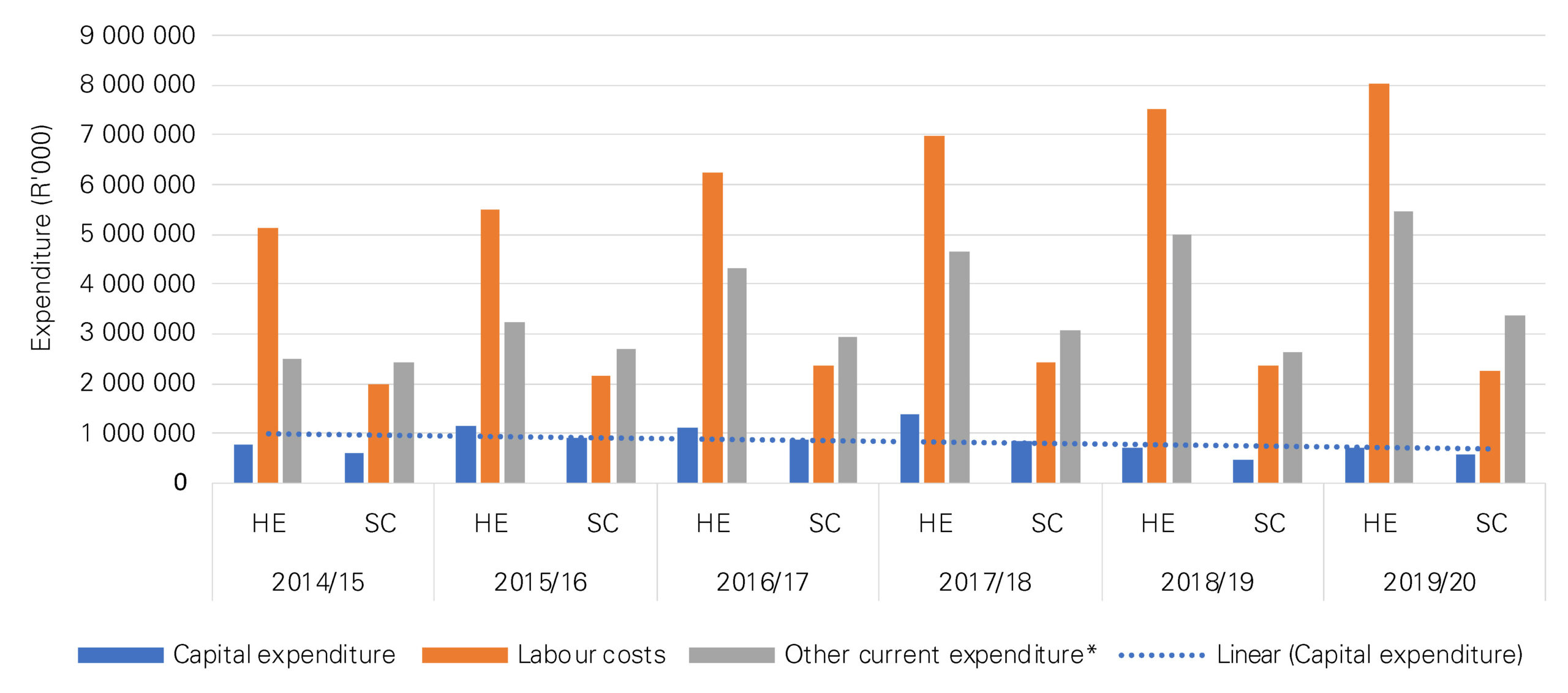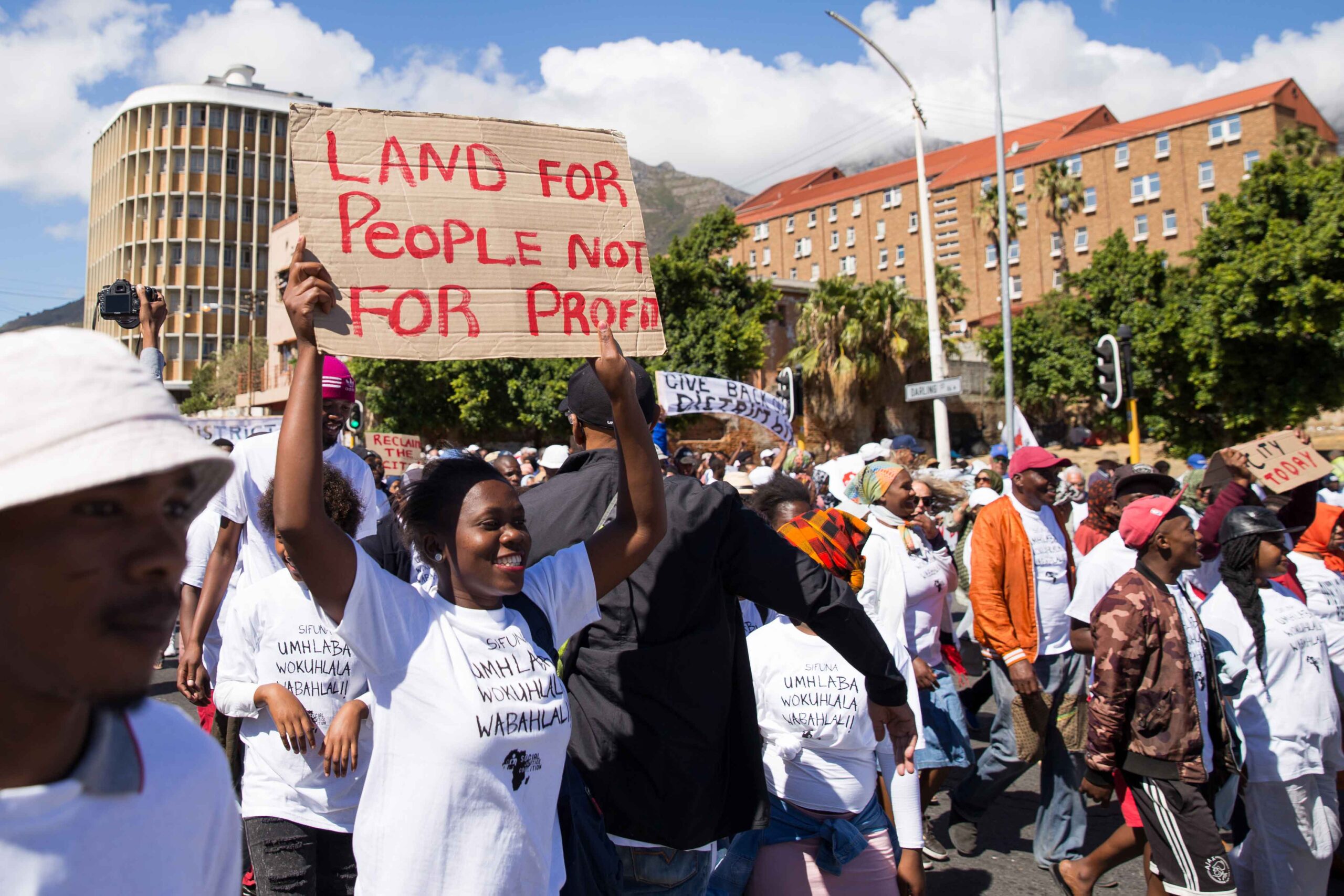
Graduate unemployment is on the rise in South Africa. Investing in new research infrastructure and in absorbing young and highly skilled graduates should be stock-in-trade for science councils and higher education institutions. Instead, declining or stagnating research and development (R&D) human resources, together with under-investment on R&D infrastructure in these vital public institutions, have created systemic vulnerability. By Natalie Vlotman and Mario Clayford
South Africa’s universities and science councils can play a more pivotal role in capacitating the national system of innovation. They can do this through performing and funding research as well as attracting and equipping a more highly skilled R&D workforce.
The future vitality of the national system of innovation may rely on this workforce.
According to the South African National Survey of Research and Experimental Development Statistical Report 2019/20, higher education institutions and science councils combined were the largest contributors to R&D in South Africa, spending a total of R20.377 billion on R&D and performing 59.1% of the country’s R&D.
The HSRC’s Centre for Science, Technology and Innovation Indicators (CeSTII) has conducted this annual survey for the Department of Science and Innovation since 2001/02. (The 2020/21 report has just been released and further analysis of its data is still underway, hence this article draws on data from the 2019/20 report.)
Decline and stagnation
The survey shows that there is a decline in researchers in science councils (Figure 1). And, while South Africa has seen an increase in the number of graduates from higher education institutions, growth in researcher numbers is largely driven by an increase in postgraduate students and the presence of skilled non-South African staff.
Figure 1. Researcher headcounts by sector, 2014/15–2019/20

Source: South African National Survey of Research and Experimental Development Statistical Report 2019/20
In addition, postgraduate students, namely postdoctoral fellows and doctoral students, outnumber the staff responsible for supervising and mentoring students. This is without considering the undergraduate, honours and master’s students who also rely on these same staff members.
The absorption of qualified people into the R&D workforce is not clearly visible in the R&D data. The proportion of university personnel, particularly students, is significantly greater compared with the business and science councils’ sectors, but the absorption of graduates cannot be traced effectively.
It is equally worrying that there is not enough budgetary provision, as seen in the underinvestment in R&D infrastructure in the higher education and science council sectors. Salaries and operating costs comprise the bulk of the R&D investment, with less than R1 billion invested in R&D infrastructure in 2019/20 (Figure 2).
Figure 2. R&D expenditure breakdown in higher education institutions and science councils, 2014/15–2019/20

Source: South African National Survey of Research and Experimental Development Statistical Report 2019/20
The question is: if the survey data reveals declining expenditures, under-investment in infrastructure and slow growth in personnel in the R&D sector, what can be done?
Labour market dynamics and the future R&D workforce
We suggest starting with labour market dynamics. Overall, South Africa still suffers large skill gaps and is grappling with a very high unemployment rate. Young people in particular continue to have an unemployment rate higher than the national average. According to the Quarterly Labour Force Survey for the first quarter of 2022, the unemployment rate was 63.9% for those aged 15–24 and 42.1% for those aged 25–34 years, while the current official national rate stands at 34.5%.
On the demand side, even though the graduate unemployment rate remains relatively low in South Africa compared to other educational levels, it is still rising. The unemployment rate of young graduates aged 15–24 years fell from 40.3% to 32.6% in Q1: 2022, while it increased by 6.9 percentage points to 22.4% for those aged 25–34 years.
Graduate unemployment wastes scarce human resources, which over time has a negative impact on the economy.
On the supply side, the number of graduates has increased as a result of higher educational attainment.
However, due to mismatches between labour market demands and educational qualifications, graduates have difficulty finding employment after graduation.
In fact, South Africa appears to be producing graduates faster than the economy can employ them.
Closing the demand-supply gap will have a direct impact on reducing the unemployment of a very skilled labour force. Assuming skills are not exported, it will contribute to a skilled workforce which can be absorbed into the national system of innovation.
Indeed, graduate employability has become the cornerstone for a bigger strategy to widen the skills base of young people.
By emphasising labour market needs, individual attributes and social inequalities in programme design, public entities such as higher education institutions and science councils, along with industry, can close this gap.
Towards practical solutions
Many developing countries have struggled to fully exploit the opportunities and potential of science, technology and innovation to address economic, developmental and societal challenges.
Higher education institutions produce and share South Africa’s skilled public workforce with science councils, state-owned enterprises and government research institutes.
These institutions form the basis for South Africa’s long-term development plan, focused on eliminating poverty, promoting an equal society and reducing inequality.
Securing work for South African unemployed graduates can be difficult because of a lack of relevant work experience, limited information about an efficient job search and low social capital, according to a study published in the Journal of Education and Work (2019) by Lauren Graham, Leilanie Williams and Charity Chisoro from the University of Johannesburg.
This article therefore suggests that educational institutions and science councils should serve as hubs or incubators to redress these challenges. By designing relevant curricula or job opportunities (through internships, for example), they can ensure that graduates become more valuable to the labour market. By designing relevant curricula or job opportunities (through internships, for example), they can ensure that graduates become more valuable to the labour market.
Retaining a systemic lens
Given the global shift to building more technologically intensive societies that require highly skilled staff, South Africa should be accelerating investment in R&D-related infrastructure. It should also allocate far more resources to growing its base of R&D personnel, especially academic staff.
Boosting the country’s R&D capacity through institutions with a public mandate to conduct research is an opportunity to make scientific advances and address developmental challenges.
From a systems perspective, these challenges are urgent and need to be addressed, now.
Authors: Natalie Vlotman, a research manager, and Dr Mario Clayford, a research specialist, in the HSRC’s Centre for Science, Technology, and Innovation Indicators. The centre conducts an annual survey on R&D indicators which forms part of the country’s national statistics system.


